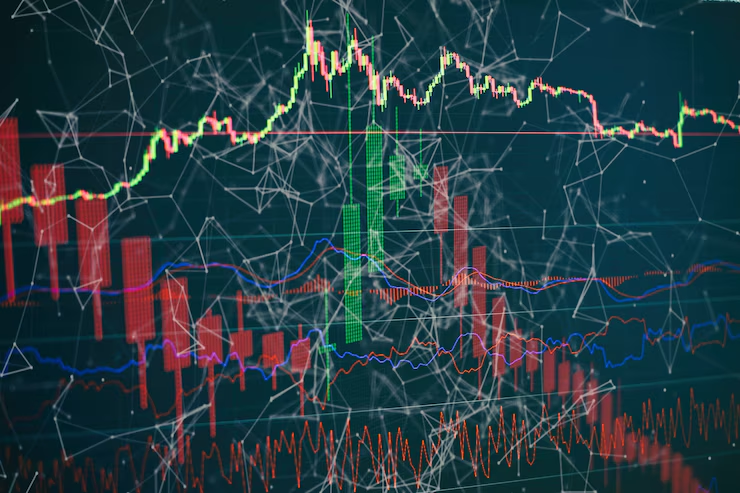
Why You Should Trade Fewer Stocks or Futures Symbols.
Trading (or more like gambling among amateurs) can be addictive. The thrill of chasing the next big move, hopping between stocks or futures, watching charts light up—it feels like action equals progress. But here’s the hard truth: most traders lose money because they trade too much, not too little.
I used to be that guy. I’d have 15 charts open, jumping into every “sure thing” setup, from Russell 2000 futures to Nasdaq to S&P 500 Futures (ES) to Tesla (TSLA) to Nvidia (NVDA), the list is endless, convinced more trades meant more wins. Then, I blew up an account. That’s when I realized something counterintuitive: the best traders often do less, not more.
1. Increased Focus and Better Analysis
You are better placed to focus more intently on every trade if they are just a handful. How can you otherwise track each trade effectively if you have diluted your efforts by focusing on too many assets? Focusing on just 2-5 stocks or futures symbols allows you to:
- Understand their behavior: You’ll start to recognize patterns—support, resistance, volume trends, and how news affects them.
- Spot high-probability setups faster: With fewer assets to track, it’s easier to spot opportunities when they pop up.
- Avoid overtrading: Among the fastest ways to lose money is by overtrading. Keeping your focus tight helps you avoid the temptation to jump into every market move.
2. Keep Emotions in Check
It’s happened to most of us: you sell a trade in a panic, only to see it start rising without you on board. You try to make back the loss by jumping back in, but the market seems to turn against you, starting to fall, and suddenly, your loss is huge, especially if you hadn’t set a stop-loss order. That’s what can happen when you’re overextending yourself.
However, when you stick to the same few trading strategies every day, emotions become less of a factor. You don’t stress over missing out on a price movement because you know your opportunity will come around again. You don’t hesitate when it’s time to enter a trade because you’ve seen this exact situation play out countless times before.
3. Manage Risk More Effectively
Risk management is one of the most important skills any trader can develop. Most traders think diversification protects them. In reality, trading 10 random stocks just means 10 ways to lose. When you spread your capital across too many positions, it’s hard to track how exposed you are. When you focus on a few symbols:
- You know exactly where to set stops (you become a pro at knowing when to leave the market, not some arbitrary -1% “nonsense” that may stop you from scaling faster).
- You size positions correctly because you understand the volatility.
- You avoid getting chopped up in low-probability trades.
Pro tip: If you can’t draw the key levels on a chart from memory, you shouldn’t trade it.
4. Save Time and Energy
Time is precious in trading, and the more symbols you trade, the more time you’ll spend monitoring charts and reading news updates. It can quickly become exhausting. Early in my trading career, I’d spend hours scanning for setups, glued to screens. It felt productive—until I realized I was just burning energy on noise. Now, I check 2-3 charts, place my trades, and walk away. The less I trade, the more I make. It’s funny how that works.
To conclude, trading isn’t about constant action; it’s about having a clear understanding. The market favors those who are patient, not those who are constantly buying and selling. So, I challenge you to do this: Choose just one futures contract or two stocks and focus solely on those for just one month. You’ll likely be surprised at how much more straightforward and potentially lucrative your trading becomes.




